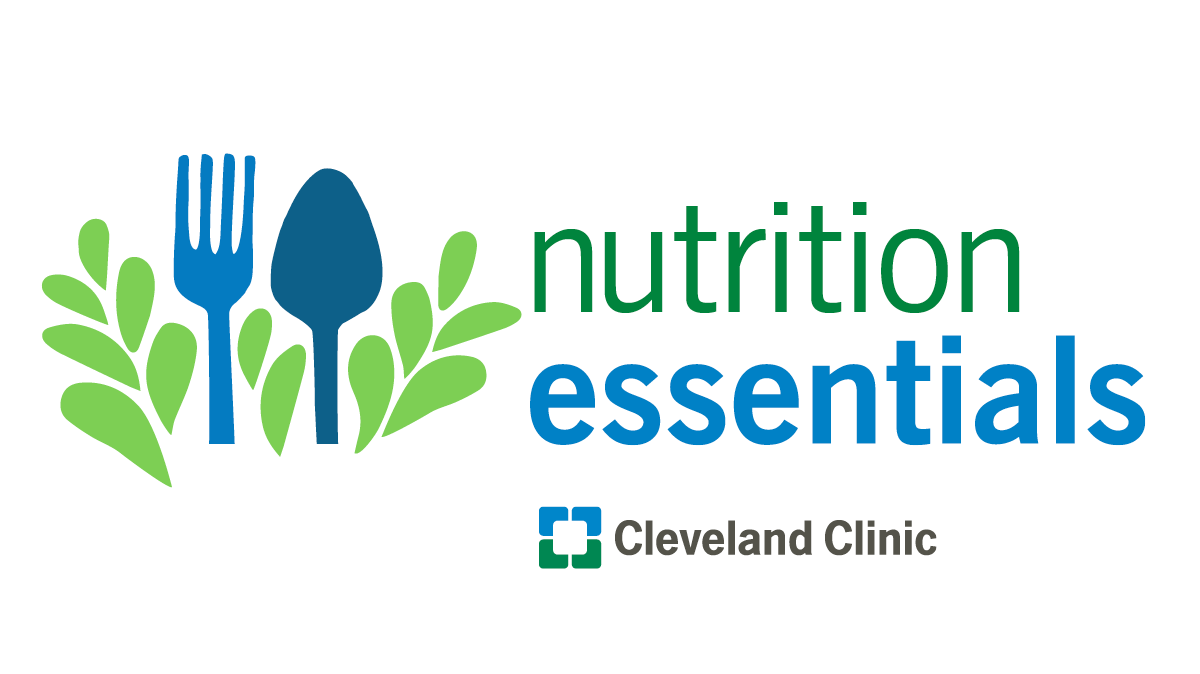
Health Essentials
Tune in for practical health advice from Cleveland Clinic experts. What's really the healthiest diet for you? How can you safely recover after a heart attack? Can you boost your immune system?
Cleveland Clinic is a nonprofit, multispecialty academic medical center that's recognized in the U.S. and throughout the world for its expertise and care. Our experts offer trusted advice on health, wellness and nutrition for the whole family.
Our podcasts are for informational purposes only and should not be relied upon as medical advice. They are not designed to replace a physician's medical assessment and medical judgment. Always consult first with your physician about anything related to your personal health.
Subscribe:

Featured Episode
Nutrition Essentials | Fueling for Fitness with Erik Van Iterson, PhD
Workouts tend to be well-planned. It pays to give the same attention to what you eat before and after you break a sweat. Listen in and get your exercise nutrition plan in place with the help of Dr. Erik Van Iterson and registered dietitian Julia Zumpano.
Play NowAll Health Essentials Episodes
January 8, 2026
Is IV Vitamin Therapy Worth Trying? with Melissa Young, MD
IV vitamin therapy delivers a high-dose cocktail of vitamins and nutrients directly to your bloodstream - and the practice is growing in popularity. Explore the pros and cons of this trending treatment with functional medicine specialist Melissa Young.
Play NowDecember 17, 2025
Dealing with Hometown Anxiety with Susan Albers-Bowling, PsyD
Returning home for the holidays or an event can be wonderful, but revisiting your past can be difficult. There's even a term for the uneasiness it may bring: hometown anxiety. Learn how to manage those feelings in this podcast featuring psychologist Susan Albers-Bowling.
Play NowDecember 10, 2025
Nutrition Essentials | How Diet Affects Your Skin and Hair with Chey Ranasinghe, MD
Could what you eat contribute to hair loss or skin conditions like acne, eczema, psoriasis and rosacea? Absolutely! Learn more about the gut-skin connection in this chat with dermatologist Chey Ranasinghe and registered dietician Julia Zumpano.
Play NowDecember 3, 2025
Stop the Music! How to Evict an Earworm with Kia-Rai Prewitt, PhD
Ever have a song that gets stuck in your head and won't leave? These earworms can be annoying, to say the least. Listen in as psychologist Kia-Rai Prewitt explains why they happen and - better yet - what you can do to turn them off.
Play Now

